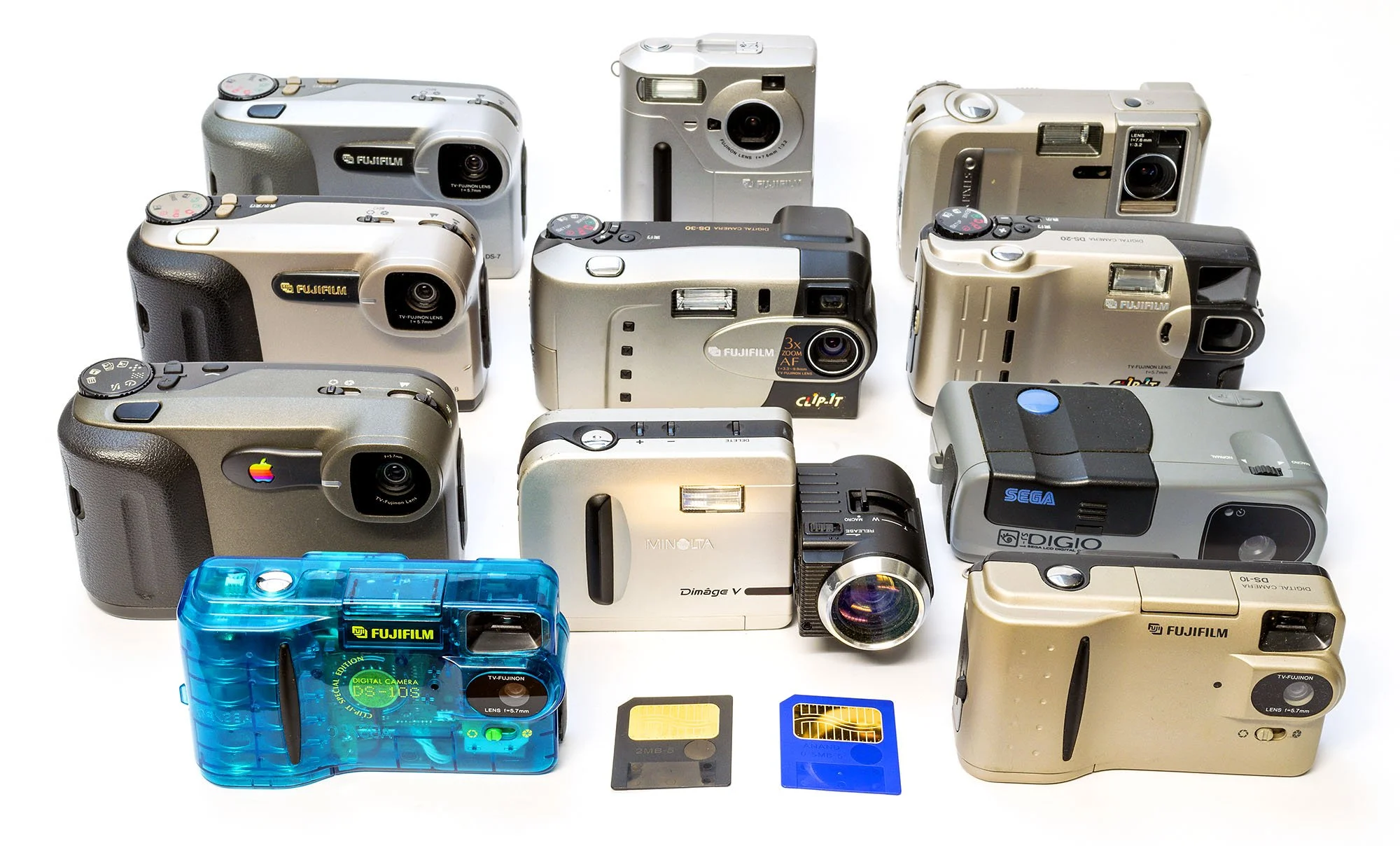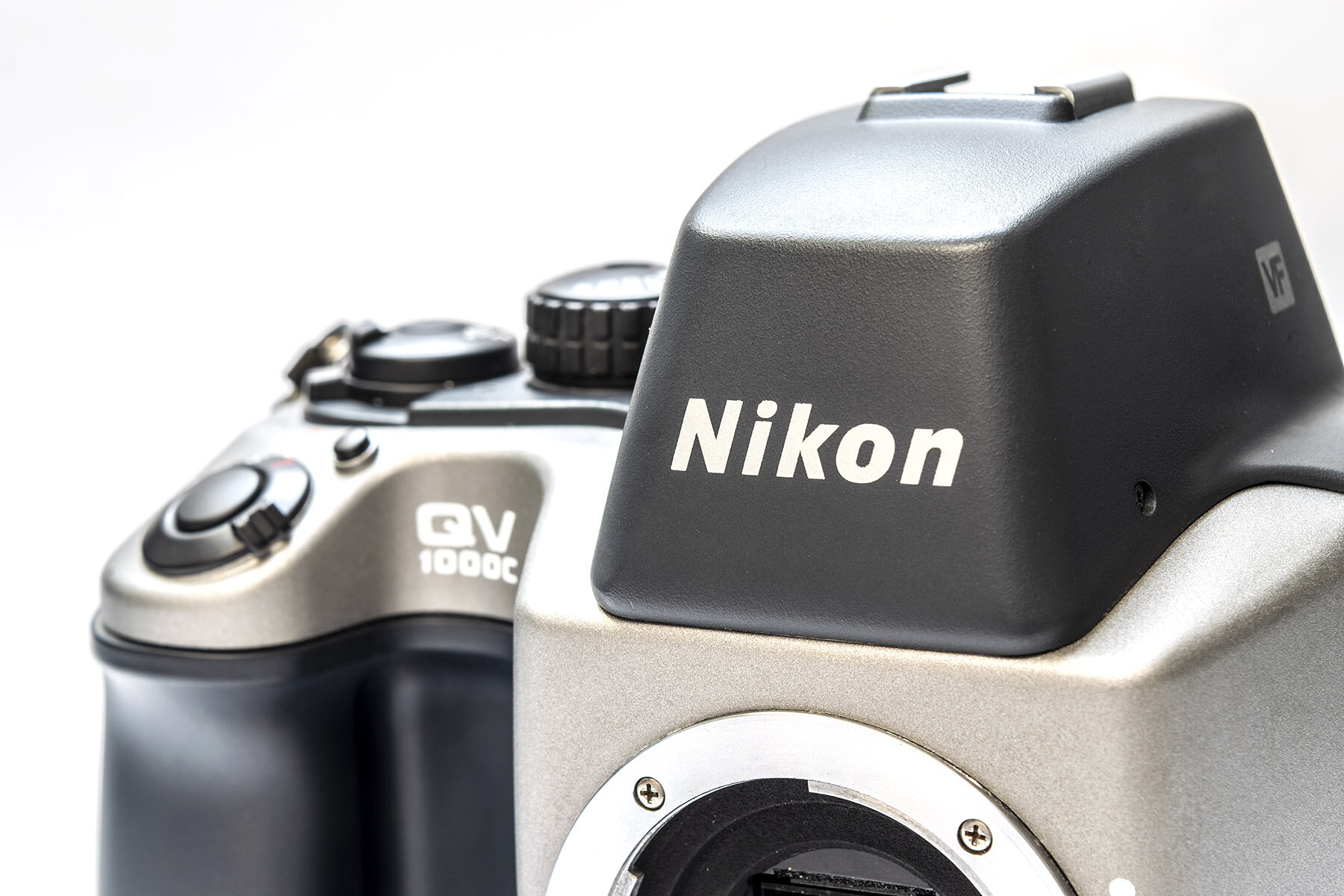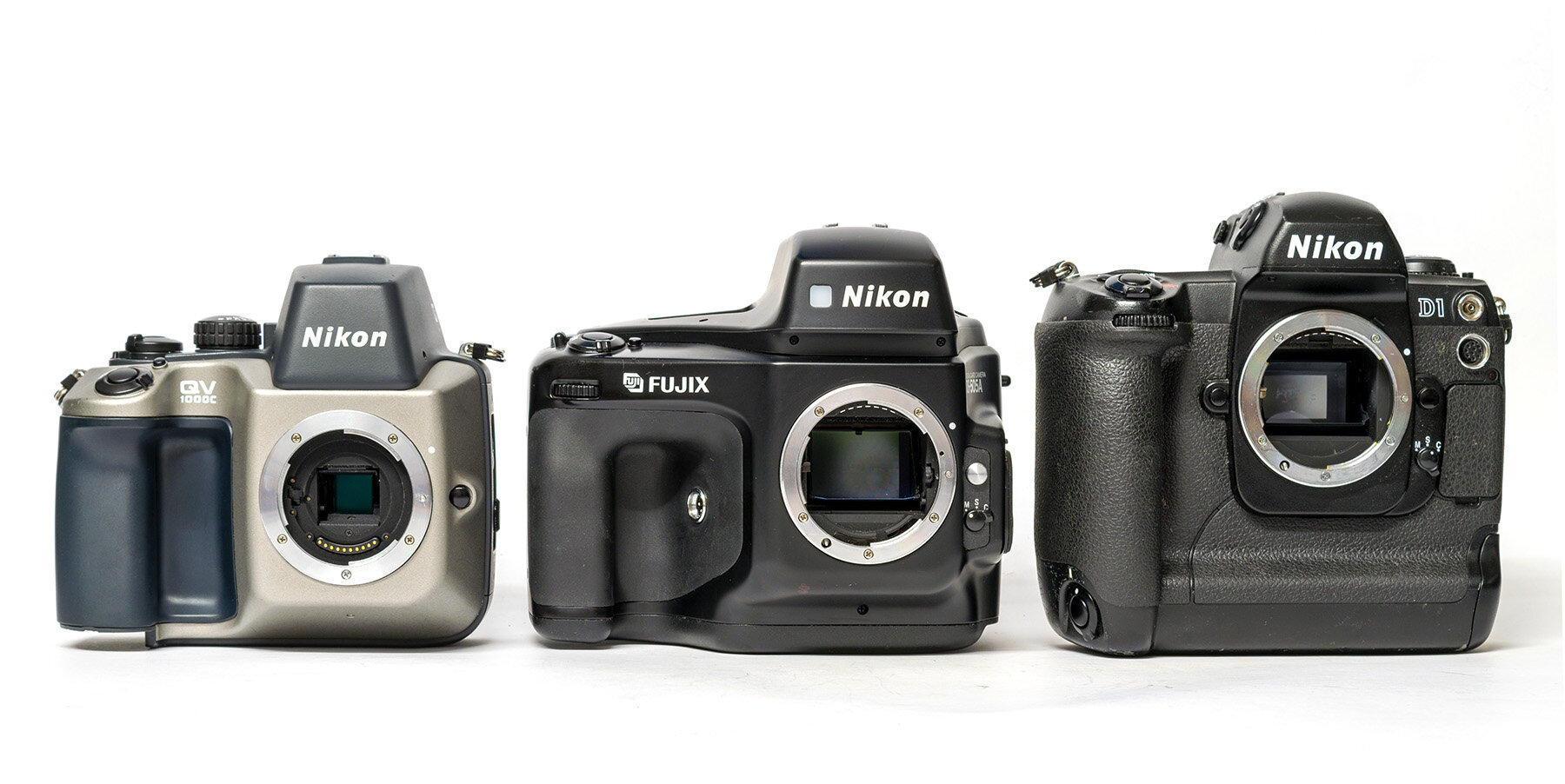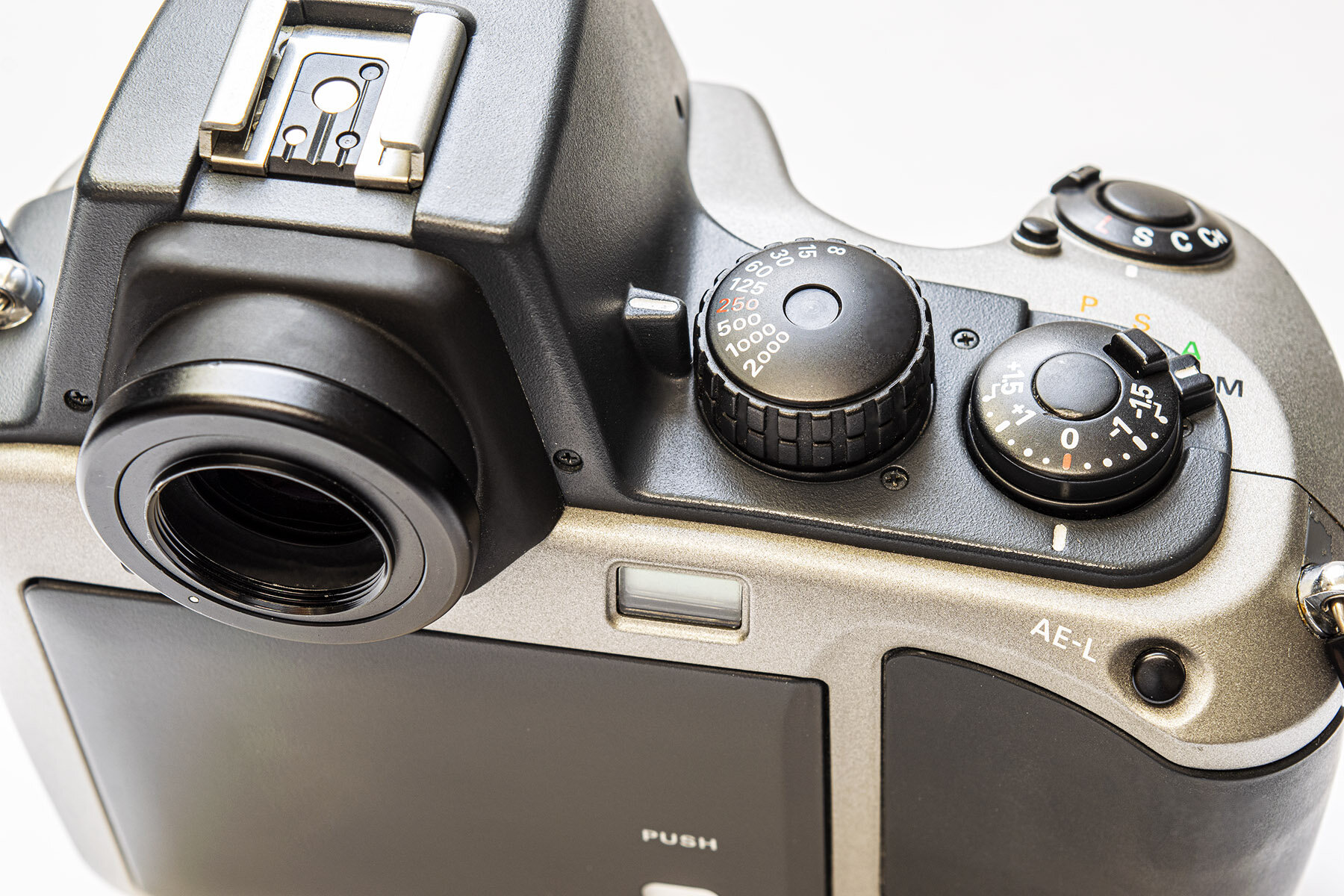When I look at the still video cameras from 1988 today, I have to admit that I feel overwhelmed by the feeling of living on another planet. There must have been something like a parallel universe back then, because when I bought my Nikon F4E a year later, electronic photography was not far away for me, it simply didn't exist. It wasn't until 10 years later that I first read about digital photography. This is still so surreal to me today that I would like to write about it. And the Nikon QV-1000C is the epitome of these incredibly rare and exotic cameras from that time.
It wasn't because I wasn't interested in new releases on the market or future generations of cameras. On the contrary, because when I bought the Nikon F4E it was brand new and practically no one had this new model in 1989. But you may have to understand that the Nikon QV-1000C was not only extremely rare and not for sale, no , it also had a price that was astronomical for the time.
While a Nikon F4E including an MB-21 back cost the equivalent of around 1,985 USD in Germany in 1989, the Nikon QV-1000C cost 20,000 USD. So ten times what the current professional camera from Nikon cost. And what exactly did you get for that? A camera that took tiny, fuzzy black and white pictures that could only be used for a small newspaper picture ?! So it's no wonder that only selected press photographers were able to "enjoy" this strangest of all Nikons, because none of you will have paid for this camera yourself. It was only their agencies who paid for this astronomical amount. Although I also doubt that the camera was really sold. Rather, I think well-known news agencies that had always worked with Nikon were asked if they were interested and were given a "test camera".
At the end of the day it doesn't matter who paid how much for it and why. The fact remains that there is still a dispute today about whether this is a digital camera or just a video recorder that records magnetic still images. Here are the tech freaks among themselves. And whether the 2 "floppy disks recorded magnetically or digitally is irrelevant in my opinion, it is definitely a "digital" camera compared to my F4E.






























